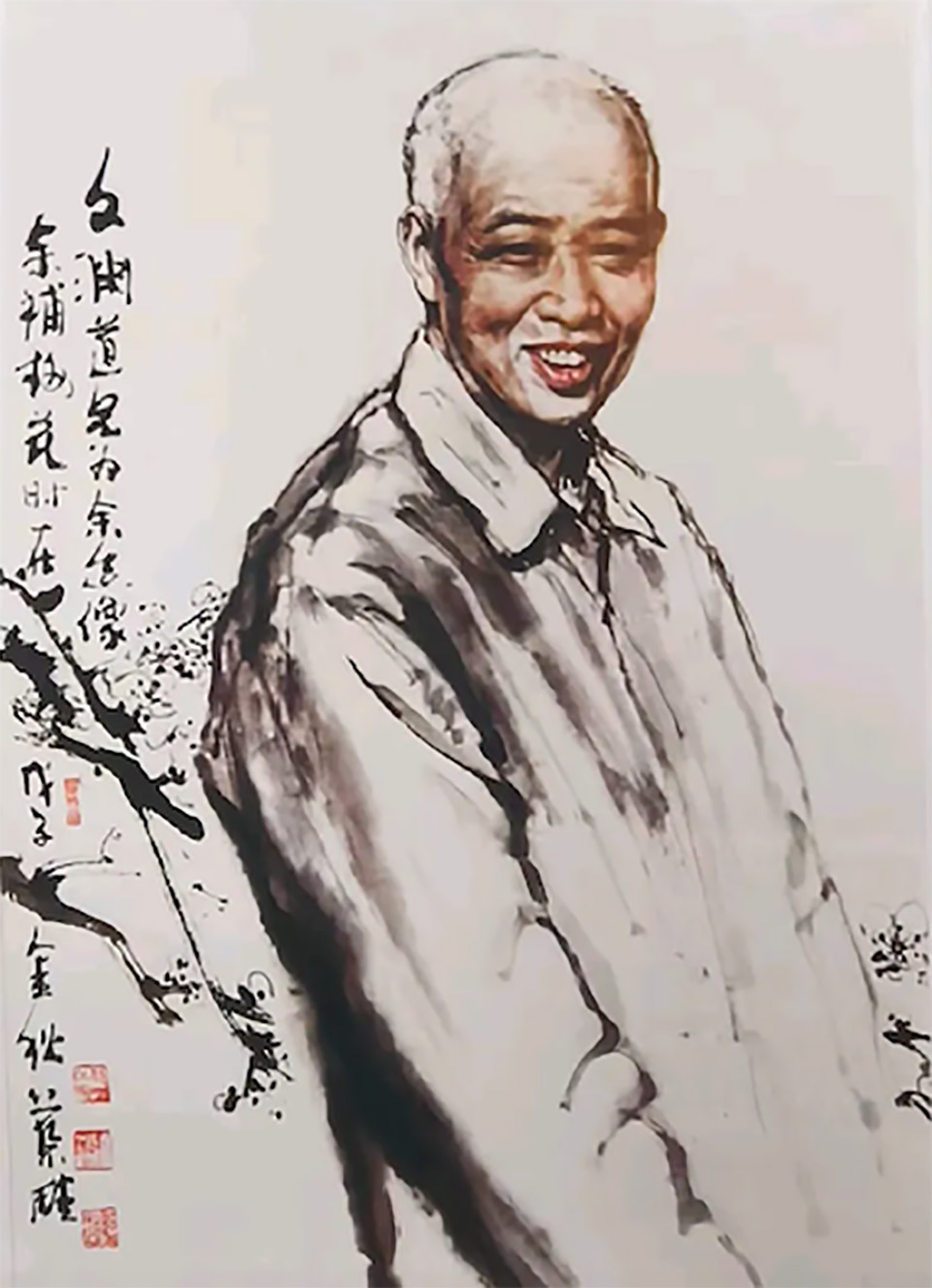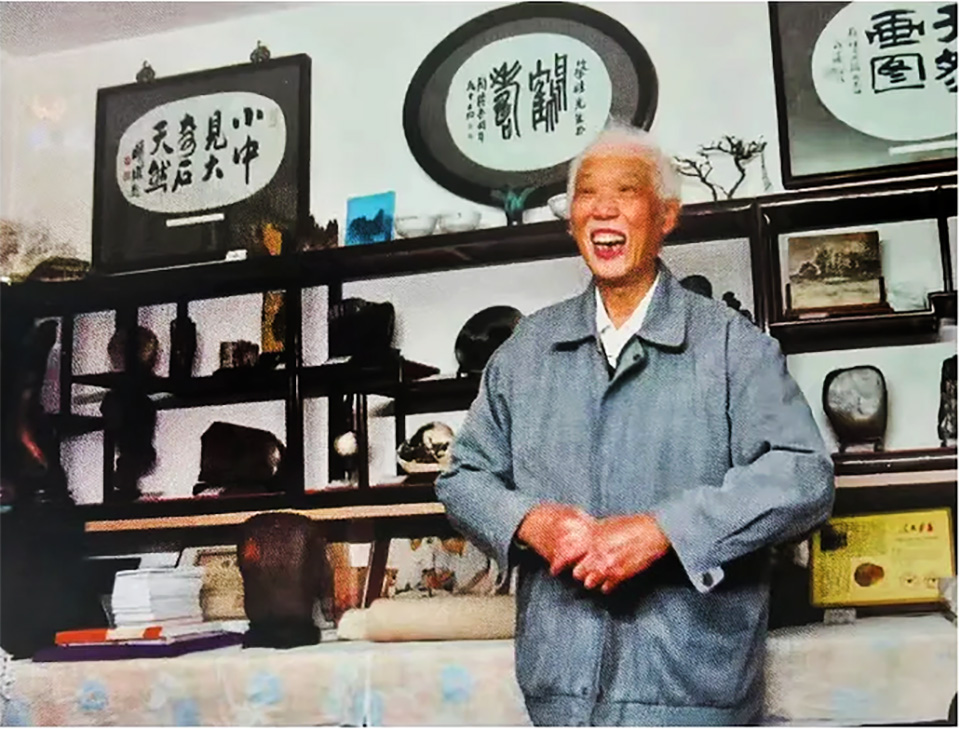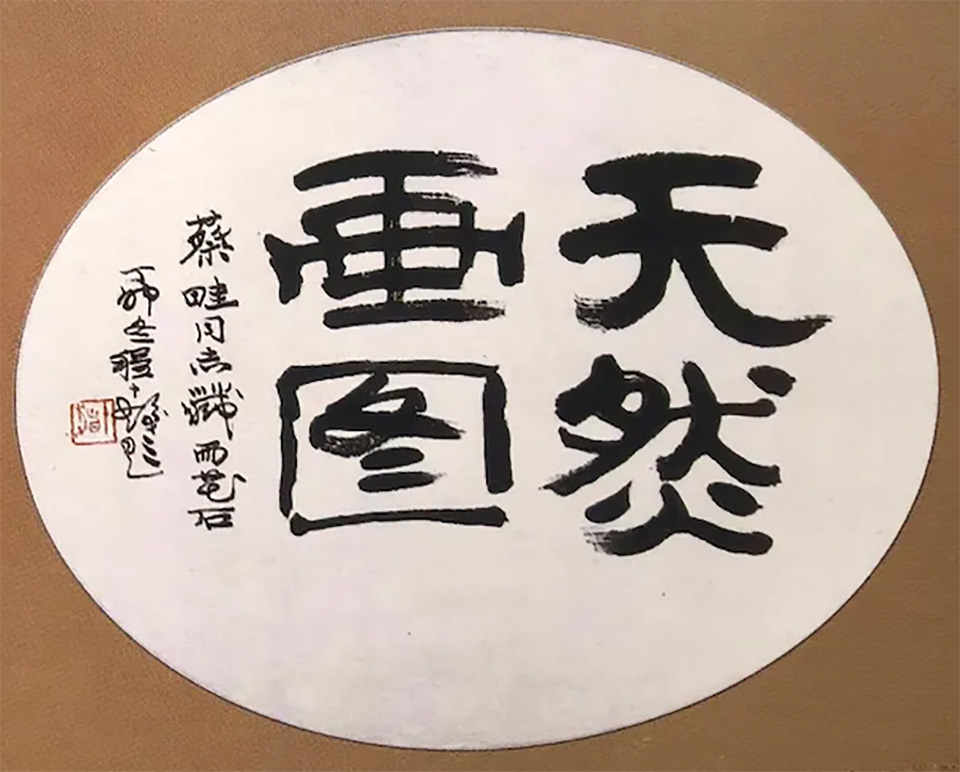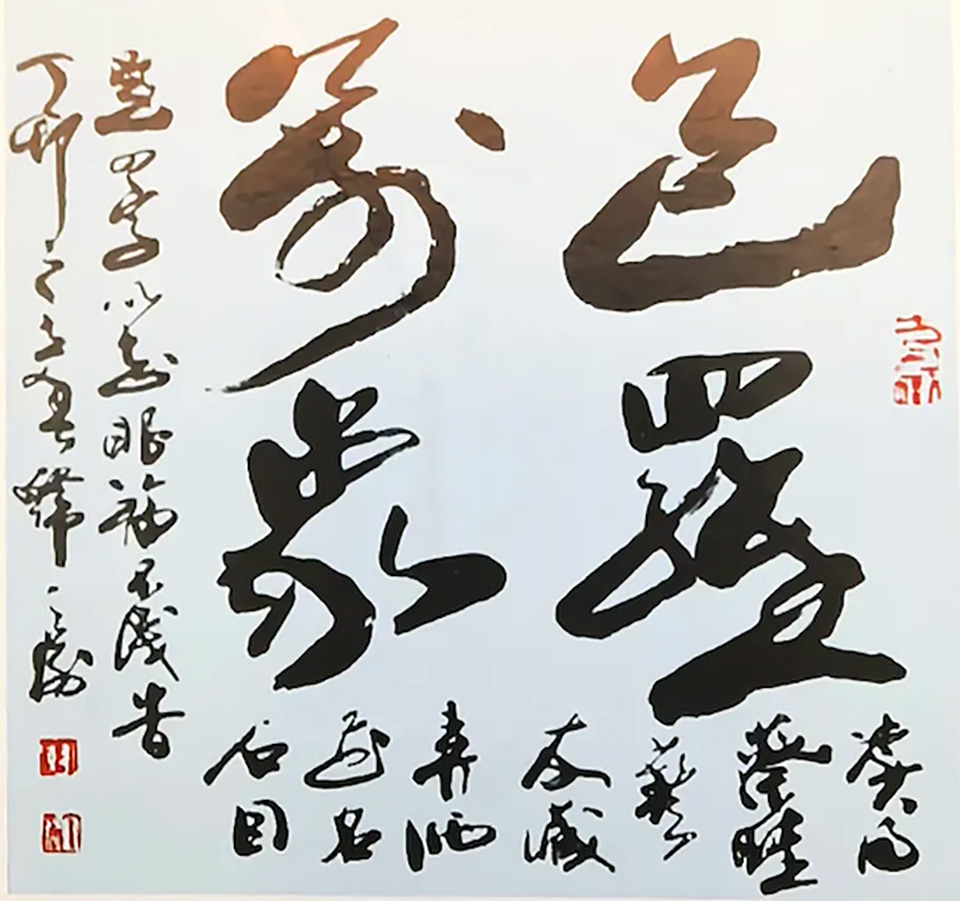A Chronicle of Mr. Cai Qi: A Man Who Discerned the Order of the Universe Through Yuhua Stones
- OGP

- Jul 21
- 3 min read
By OGP Reporters / Members Contribute File Photos
Oh Good Party
Mr. Cai Qi viewed stones with the eye of a painter and collected them with the heart of a cultural scholar. He was a pivotal figure in the transformation of viewing stones into a recognized art form in contemporary China. Elevating Yuhua stones from folk collectibles to objects of artistic and philosophical reflection, he broadened the aesthetic horizons of stone culture and inspired a new generation of collectors through his personal practice. Today, revisiting his collection and ideas is not only a tribute to his artistic integrity and cultivation, but also a way to carry forward the cultural spirit that "stones, too, possess a path" in the digital age.
Cai Qi (1937–2025), a painter, connoisseur of viewing stones, and a literary-minded collector, was one of the most respected figures in Shanghai’s scholar’s rock community. Merging brush and stone, culture and form, he was a key pioneer of the aesthetic philosophy that regards viewing stones as sculptural embodiments of Chinese artistic and spiritual thought. Throughout his life, he devoted himself to integrating the compositional principles of traditional Chinese ink painting with the poetic and symbolic resonances of stone appreciation. He was particularly adept at discerning cosmic rhythms and Eastern metaphysics in the natural patterns of Yuhua stones. His vision helped shape a modern understanding of viewing stones—not merely as natural curiosities, but as deeply resonant cultural artefacts capable of bridging ancient aesthetics with contemporary sensibilities.
Mr. Cai had profound accomplishments in the field of art, excelling in landscape and bird-and-flower painting, characterized by vigorous brushwork and a sense of classical elegance. His background as a painter endowed him with a unique aesthetic vision and perspective distinct from that of typical collectors. He regarded Yuhua stones as “paintings crafted by nature,” and emphasized interpreting the imagery within the stones through the language of art. As early as the 1990s, he advocated understanding Yuhua stones through two dimensions — “pictorial logic” and “cultural symbols” — a groundbreaking perspective in the stone appreciation world at the time.
In 2002, he compiled his years of insights and collection into the richly illustrated book Appreciating and Enjoying Yuhua Stones (Shanghai Bookstore Publishing House). Not only was it one of the few systematic works on Yuhua stone appreciation at the time, but it also gained acclaim as an essential reference for stone lovers, thanks to its abundance of beautiful plates and unique critical perspectives. The book features inscriptions by several master artists: Mr. Cheng Shifa wrote “Natural Paintings,” Mr. Han Tianheng wrote “All-Encompassing,” and Mr. Chen Dayu wrote “Attain the Image Beyond the Image,” all affirming Mr. Cai’s system of appreciation that blended painting and stone art.
In 2013, the inaugural issue of Haipai Stone Appreciation, published by the Shanghai Viewing Stone Association, featured a special article titled “Turning Decay into Magic: A Tribute to Renowned Stone Collector Mr. Cai Qi of Shanghai.” The article reviewed Mr. Cai’s journey in stone appreciation through three lenses: artistic cultivation, practical connoisseurship, and cultural influence. It was later reprinted in the magazine Yuhuashi. Mr. Cai was also included in A Compendium of Contemporary Chinese Stone Collectors and Masterpieces (published by the China Federation of Literary and Art Circles Publishing House), with photos of his collected stones and a biography, marking a significant chapter in the history of contemporary Chinese stone culture.
Mr. Cai amassed countless stones throughout his life, and in his later years especially favored those with natural imagery and expansive artistic conception. He preferred pictorial Yuhua stones that exuded dynamic vitality and displayed a complete compositional structure. Viewing stones through the “eye of a painter,” he sought the presence of blank space, movement, and compositional tension within them. His stones were not only for his personal enjoyment—he also delighted in sharing and mentoring younger enthusiasts, serving as an important promoter of the “stone collecting as artistic transmission” tradition in Shanghai. In his later years, Mr. Cai became increasingly committed to nurturing younger generations of collectors. He advocated for “sharing stone affinity” and believed, “Stones should not be hidden away—they should be shown.” Gentle and humble in character, his collecting style embodied quiet depth and aesthetic rigor.
In the summer of 2025, Mr. Cai passed away suddenly, leaving the stone appreciation community mourning the loss of a modest, gentle, and profoundly wise elder master. At the invitation of his family, members of the OGP and renowned collector Mr. Qin Mingxing visited his residence to observe his representative stone collection firsthand and to revisit the artistic philosophy and collecting principles presented in Appreciating and Enjoying Yuhua Stones. Selected representative pieces from his collection and images from his publication will be presented on a digital platform as a tribute to his life and a continuation of his legacy.











































Comments